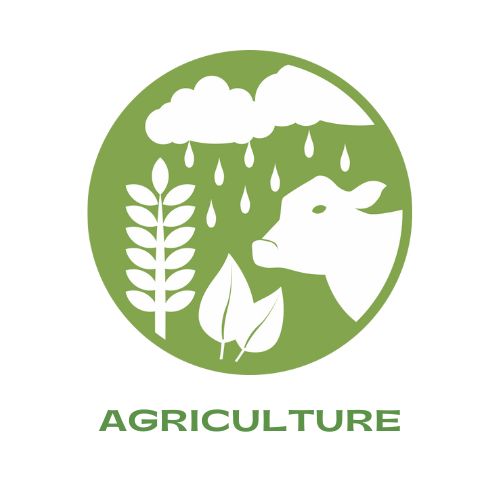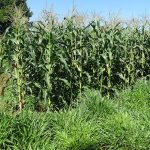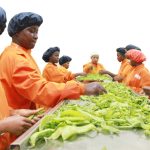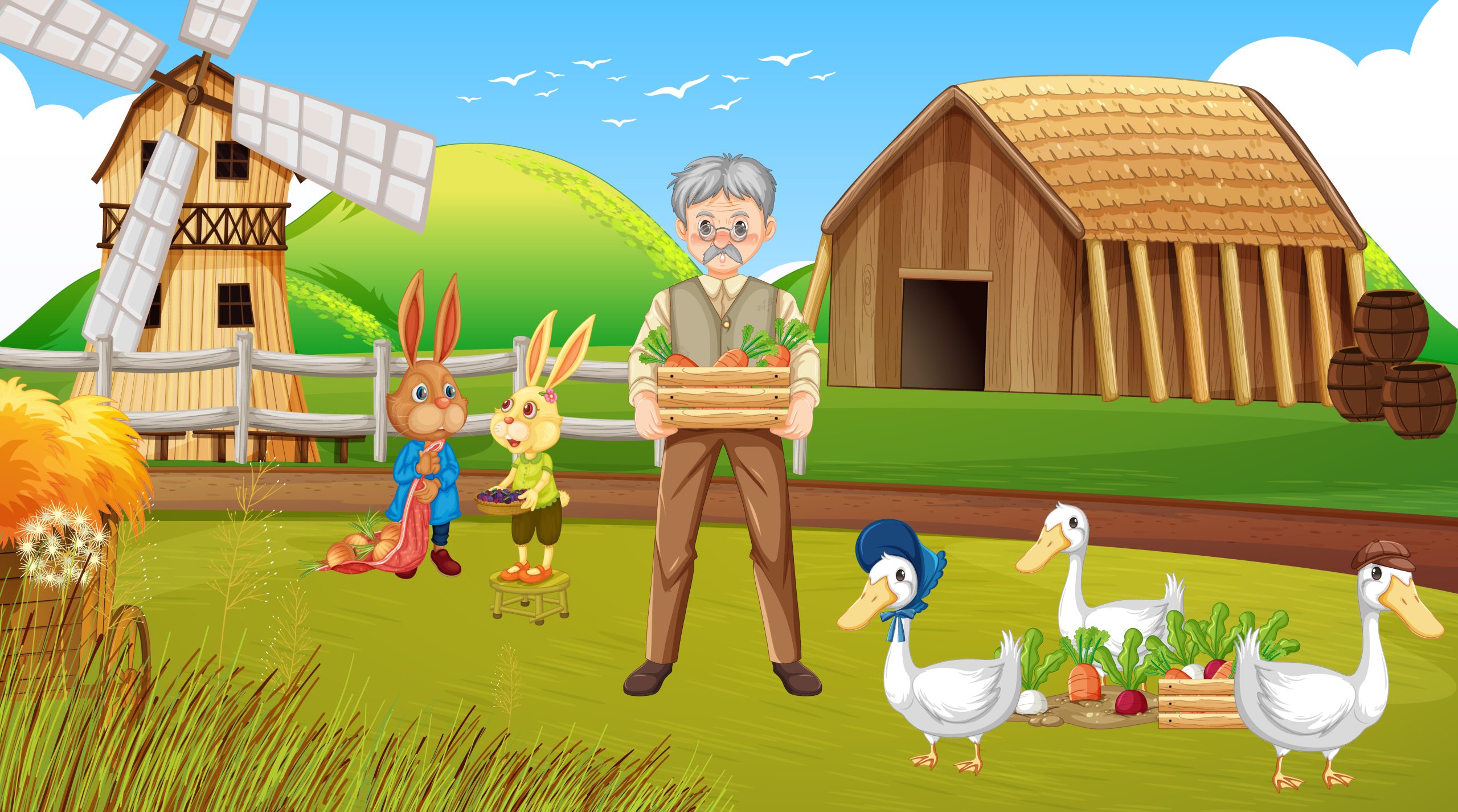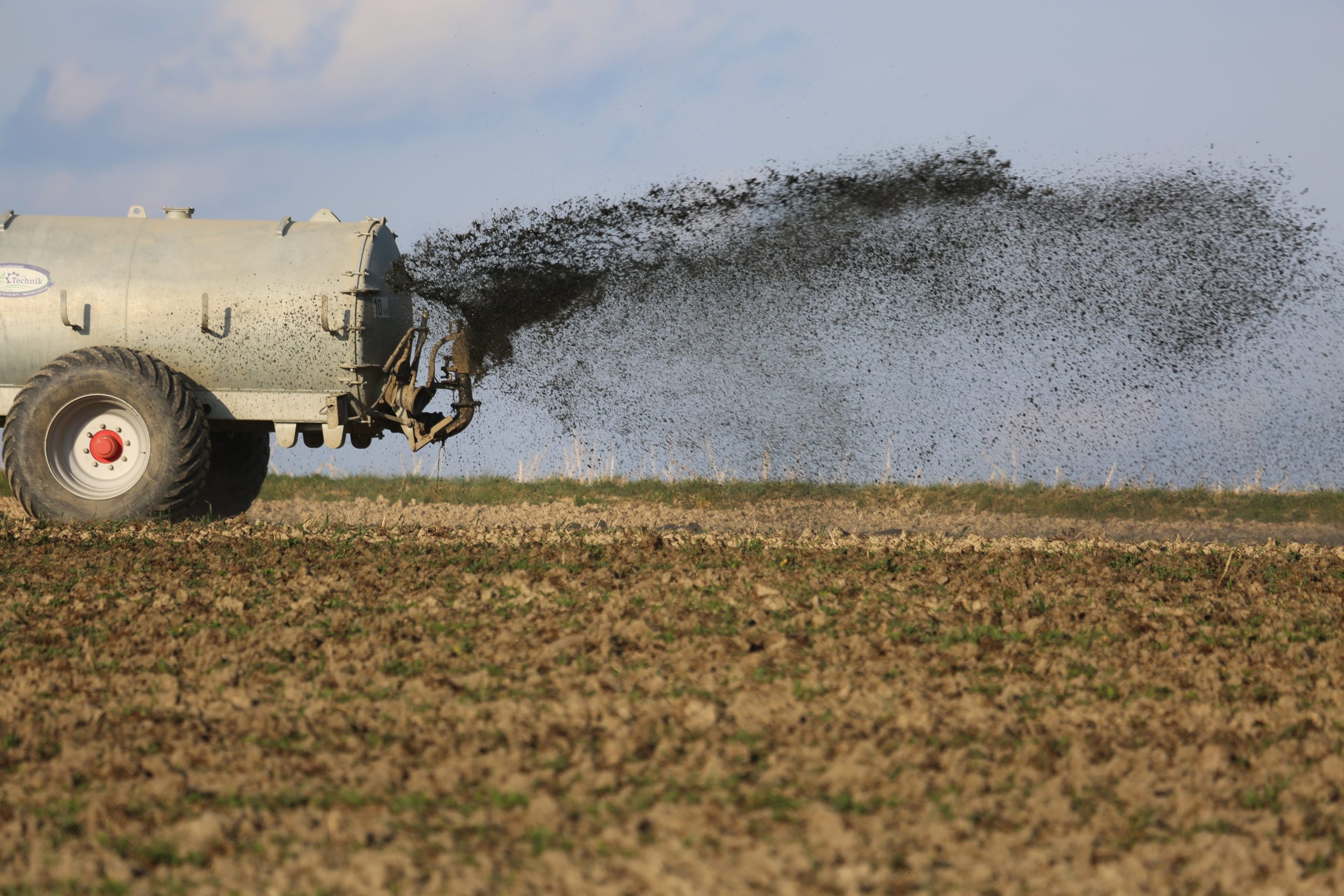Dairy farming holds a cherished place in the hearts and livelihoods of millions of Kenyan families. Fresh milk not only enriches their diets but also serves as a stable source of income for rural communities. With the demand for milk steadily increasing, Kenya has emerged as the leading dairy producer in East Africa.
The majority of milk production comes from smallholder farms, typically housing 1-3 dairy cows. However, the intensive zero-grazing systems, heavily reliant on concentrate feeds, have strained the incomes of smallholder farmers and depleted environmental resources. In recent years, a movement has been gaining momentum towards pasture-based systems, aiming to make dairy farming in Kenya more sustainable by optimizing grazed forage.
In this article, we delve into the emergence of pasture-focused dairy farming techniques tailored to smallholder farms in Kenya. We will explore improved pasture establishment, strategic supplementation, breed selection, fodder integration, and farmer training programs. By shedding light on these practical grazing innovations, we aim to showcase viable pathways towards productive and ecologically sound dairy farming practices.
The Rise of Zero-Grazing Dairy Farming Systems
Traditionally, small-scale dairy production in the Kenyan highlands relied on indigenous zebu cattle grazing on natural pastures and crop residues. However, with population growth and land pressures, zero-grazing practices intensified from the 1970s onwards. Cattle were housed and fed cut fodder like napier grass, along with purchased concentrates to boost milk output.
This shift away from pasture-based farming led to the degradation of permanent grasslands and increased reliance on costly concentrates. Many smallholder farmers found themselves trapped in an expensive and demoralizing cycle.
Maximizing the Potential of the Land
Well-managed pastures offer a sustainable opportunity to maximize milk production from forage. Grazing cow diets not only lower costs but also naturally enrich soils. Improved varieties of star grass, Rhodes grass, and Brachiaria provide higher biomass production and nutrition compared to traditional monocultures like napier grass.
By rotating cattle through divided paddocks and carefully managing access lanes and drinking points, farmers can distribute manure nutrients evenly and prevent erosion during the rainy season.
Strategic Supplementation
While maximizing grazed forage, small amounts of supplementation can balance nutrients and sustain body condition, particularly during the dry season. Leguminous fodder hedges and periodic compost or manure applications near milking parlors help boost productivity.
Adapted Cattle Breeds
For small Kenyan farms, selecting hardy cattle breeds that efficiently convert grass to milk is crucial. Crossbreeds like Friesian Sahiwal and Jersey-Zebu, as well as indigenous breeds like Ankole, offer resilience and adaptability to local conditions.
Integration of Fodder Crops
Incorporating annual and perennial fodders into crop rotations enhances forage supplies near homesteads while improving soil health. Legumes like lablab and clover fix nitrogen and provide high-value fodder, while multicut fodder crops like sorghum regenerate after grazing.
Farmer Training for Self-Reliance
Implementing sustainable grazing systems requires updated agroecological knowledge. Training programs provided by organizations like Farm Africa equip smallholder dairy farmers with essential skills in pasture establishment, herd management, and financial planning. Peer knowledge sharing and market access training further strengthen smallholder farmer autonomy.
Author’s Remarks on Pasture-Based Dairy Farming Systems
Pasture-based dairy systems offer a promising path forward for Kenya’s smallholders, promising cost savings, soil regeneration, and food security. With continued community-led farmer trainings and innovations anchored in ecology and equity, small farms can thrive for generations to come.
In conclusion, the journey towards sustainable dairy farming in Kenya is marked by innovation, resilience, and a deep connection to the land. As smallholder farmers embrace these practices, they not only secure their livelihoods but also contribute to a healthier environment and more prosperous communities.

